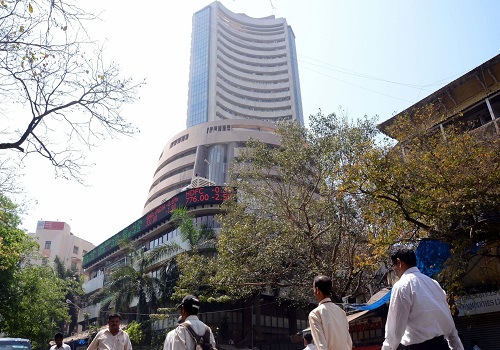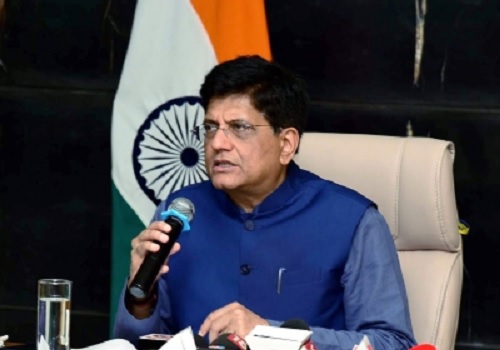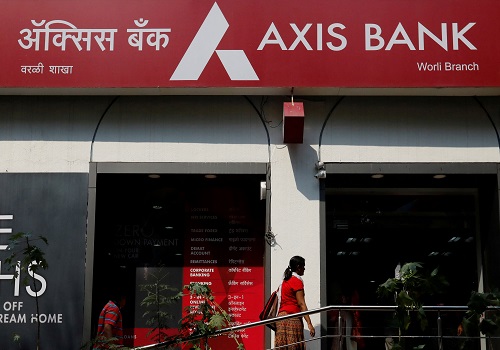India's private lenders grab brisk business at the cost of soaring attrition

Follow us Now on Telegram ! Get daily 10 - 12 important updates on Business, Finance and Investment. Join our Telegram Channel
India's private lenders are contending with soaring attrition amid strong demand for loans and the rush to capture a larger share of the crowded market.
Credit demand grew 15% last financial year and is seen expanding 10-12% this year, driven by retail loans. This growth is mounting pressure on the frontline staff and a jump in employee turnover raising risks of mis-selling and service disruption.
HDFC Bank, India's largest private lender, saw its employee turnover rate over the last year rise to 34%, while Axis Bank was at nearly 35%. Kotak Mahindra Bank's attrition surged to about 50%, with smaller peer Yes Bank in toe at 43%.
"It is a problem the entire industry is grappling with," said Axis Bank CEO Amitabh Chaudhry on the lender's earnings call on Wednesday.
The bank is exploring various options, including career progression and training, to retain employees, Chaudhry said.
"Attrition happens when there is high demand for an industry's services and companies are pushing productivity, as is the case with financial services," said Rituparna Chakraborty, co-founder of staffing firm Teamlease Services.
"We are seeing attrition mostly on the sales side which is a trend across the banking industry," Yes Bank CEO Prashant Kumar said in an earnings call over the weekend. The bank is working towards controlling it and would "not like to see an overall attrition of more than 25-30%," he said.
An entry-level relationship manager with up to two years of experience typically earns between 30,000-35,000 rupees ($792.66) a month, including incentives linked to the revenue they can generate.
Remuneration in the category has grown 8-10% annually over the past year, in line with the broader job market, Teamlease's Chakraborty said. "But staffers will try to maximize gains in a growing market by switching jobs if they have the opportunity," she added.
Exits are not just for salary upgrade but also for perks like flexibility in working conditions, said another banker who declined to be named. Most exits happen within six months of joining, this person added.
Kotak Mahindra Bank, which has seen the sharpest jump in attrition, saw the worst churn at junior levels, it said.
While the bank is seeing about 10% attrition at the senior level and 20% at the mid-level, attrition is nearly 50% at the junior level, said
India's private lenders are contending with soaring attrition amid strong demand for loans and the rush to capture a larger share of the crowded market.
Credit demand grew 15% last financial year and is seen expanding 10-12% this year, driven by retail loans. This growth is mounting pressure on the frontline staff and a jump in employee turnover raising risks of mis-selling and service disruption.
HDFC Bank, India's largest private lender, saw its employee turnover rate over the last year rise to 34%, while Axis Bank was at nearly 35%. Kotak Mahindra Bank's attrition surged to about 50%, with smaller peer Yes Bank in toe at 43%.
"It is a problem the entire industry is grappling with," said Axis Bank CEO Amitabh Chaudhry on the lender's earnings call on Wednesday.
The bank is exploring various options, including career progression and training, to retain employees, Chaudhry said.
"Attrition happens when there is high demand for an industry's services and companies are pushing productivity, as is the case with financial services," said Rituparna Chakraborty, co-founder of staffing firm Teamlease Services.
"We are seeing attrition mostly on the sales side which is a trend across the banking industry," Yes Bank CEO Prashant Kumar said in an earnings call over the weekend. The bank is working towards controlling it and would "not like to see an overall attrition of more than 25-30%," he said.
An entry-level relationship manager with up to two years of experience typically earns between 30,000-35,000 rupees ($792.66) a month, including incentives linked to the revenue they can generate.
Remuneration in the category has grown 8-10% annually over the past year, in line with the broader job market, Teamlease's Chakraborty said. "But staffers will try to maximize gains in a growing market by switching jobs if they have the opportunity," she added.
Exits are not just for salary upgrade but also for perks like flexibility in working conditions, said another banker who declined to be named. Most exits happen within six months of joining, this person added.
Kotak Mahindra Bank, which has seen the sharpest jump in attrition, saw the worst churn at junior levels, it said.
While the bank is seeing about 10% attrition at the senior level and 20% at the mid-level, attrition is nearly 50% at the junior level, said Shanti Ekambaram, whole-time director at Kotak Mahindra Bank.
"The bank is working on areas such as engagement, training and technology and automation to control attribution," Ekambaram said at the lender's post-earnings analyst call over the weekend.
High employee turnover can pose significant operational risks to banks including disruption in customer services and ethical issues, MK Jain, a deputy governor at India's central bank said in a speech in May. Jain has since retired.
($1 = 82.0023 Indian rupees)
.
"The bank is working on areas such as engagement, training and technology and automation to control attribution," Ekambaram said at the lender's post-earnings analyst call over the weekend.
High employee turnover can pose significant operational risks to banks including disruption in customer services and ethical issues, MK Jain, a deputy governor at India's central bank said in a speech in May. Jain has since retired.
($1 = 82.0023 Indian rupees)

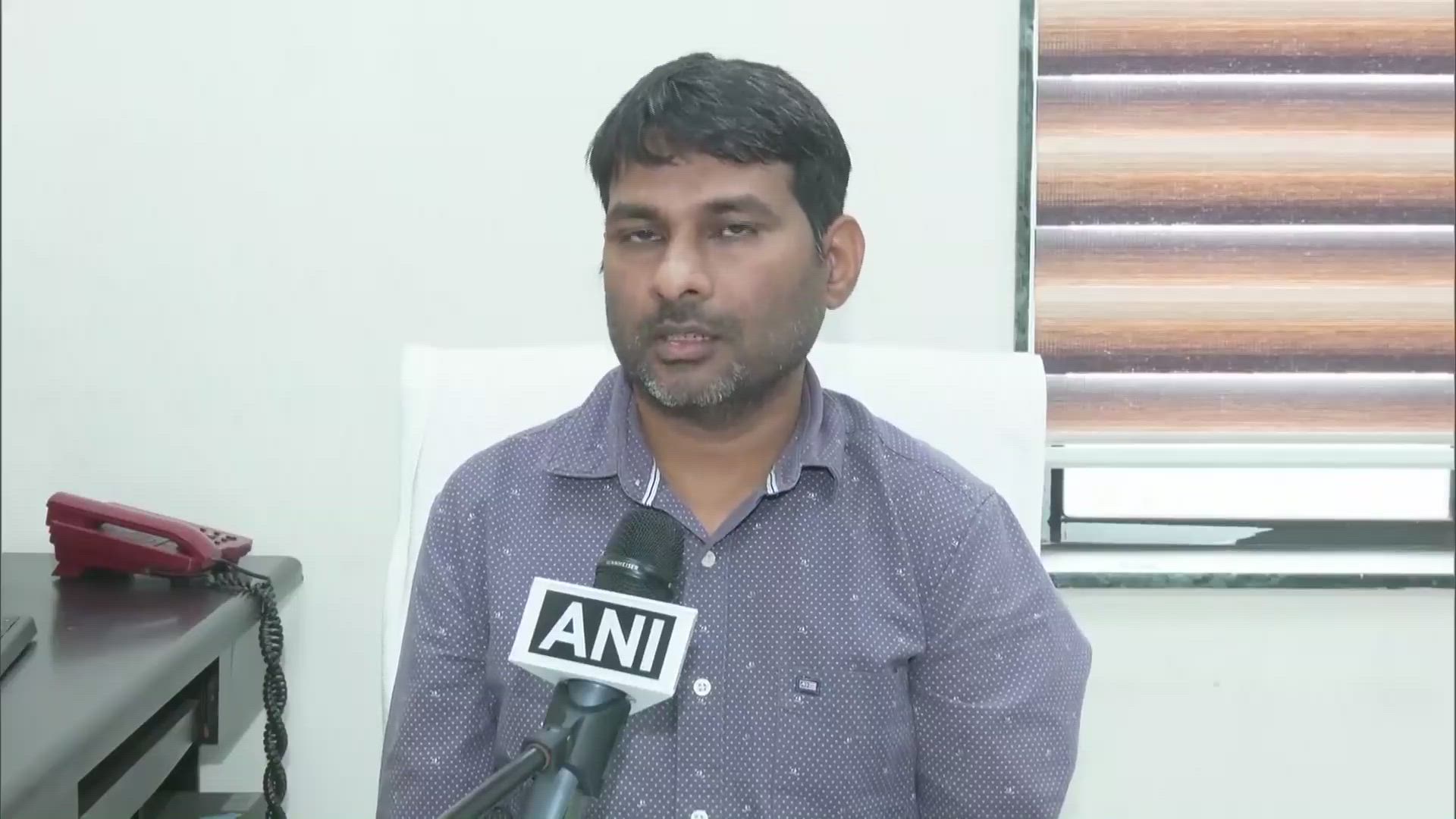


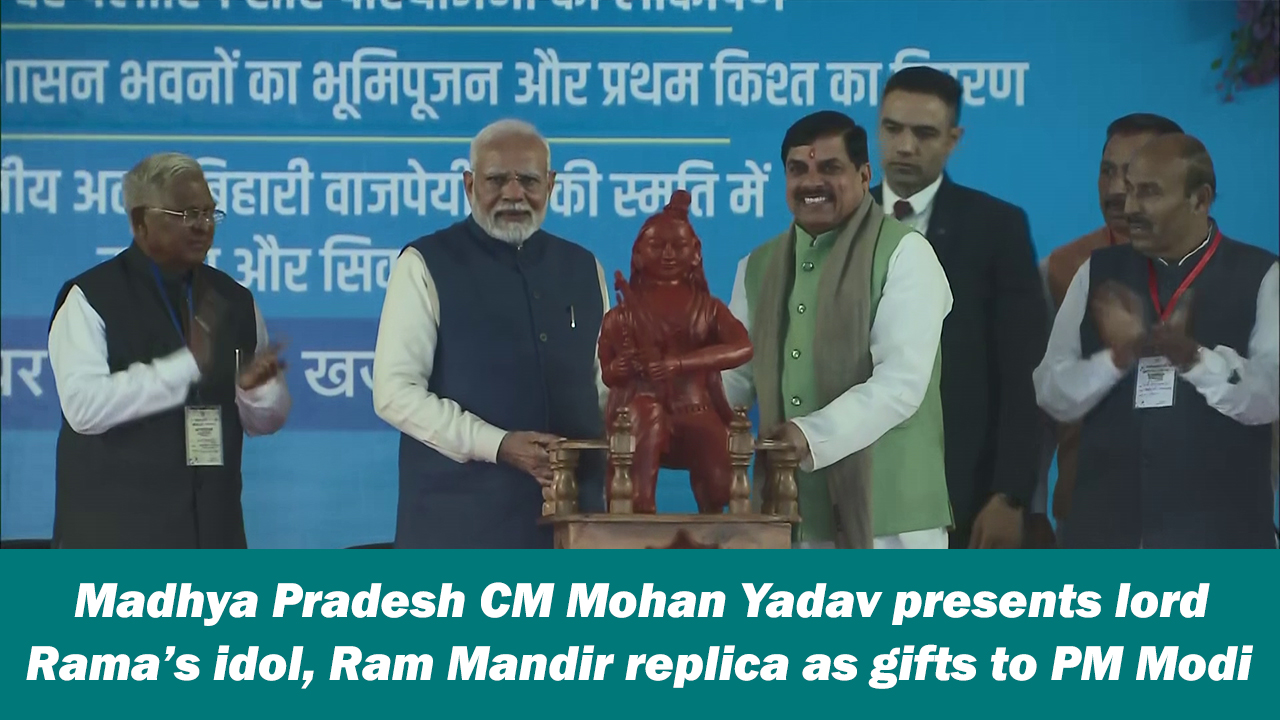

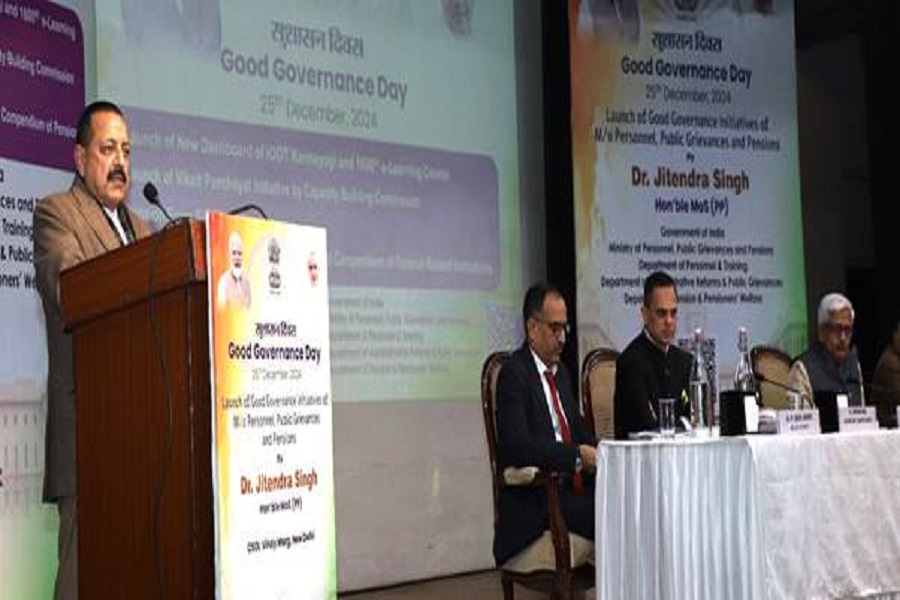





 320-x-100_uti_gold.jpg" alt="Advertisement">
320-x-100_uti_gold.jpg" alt="Advertisement">



